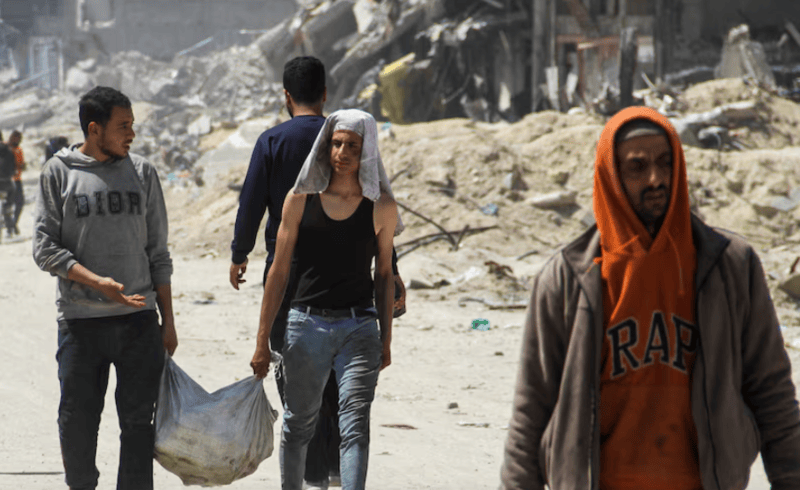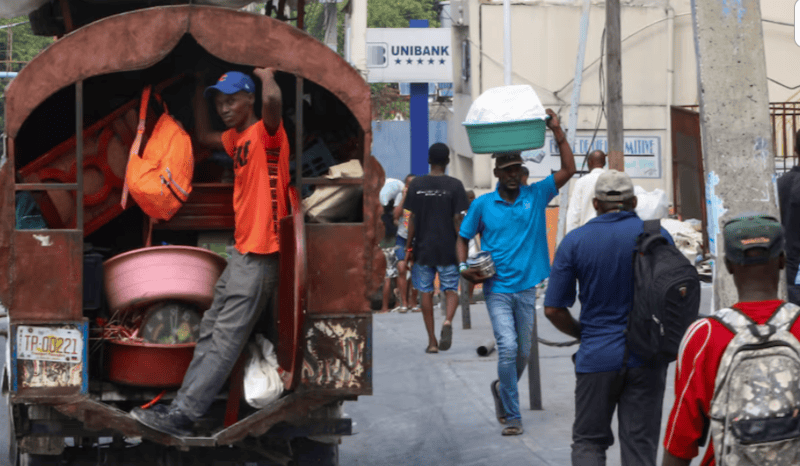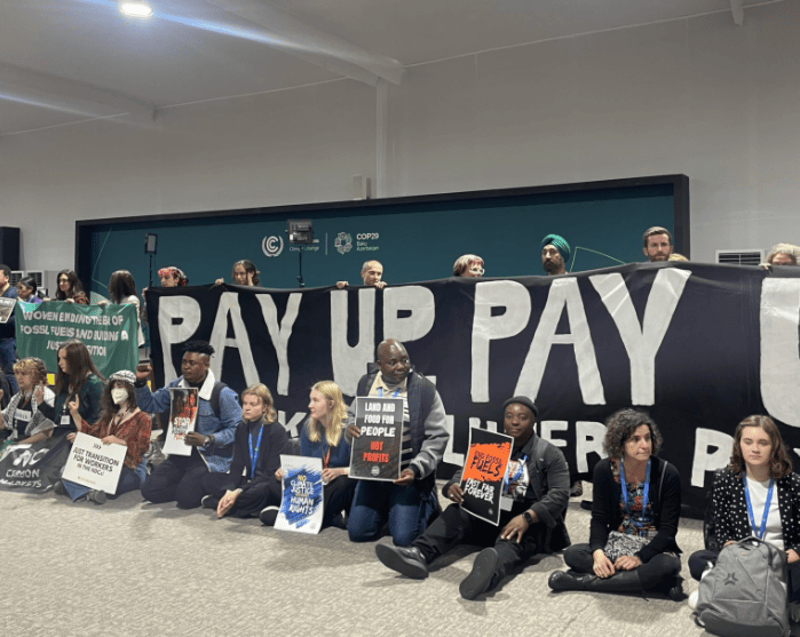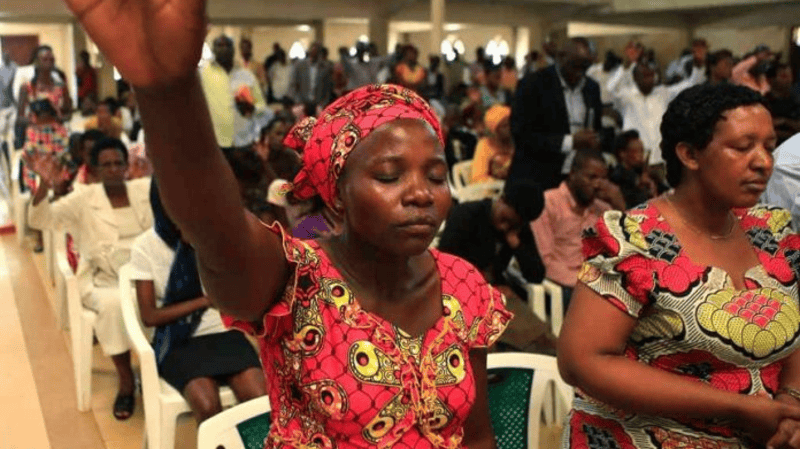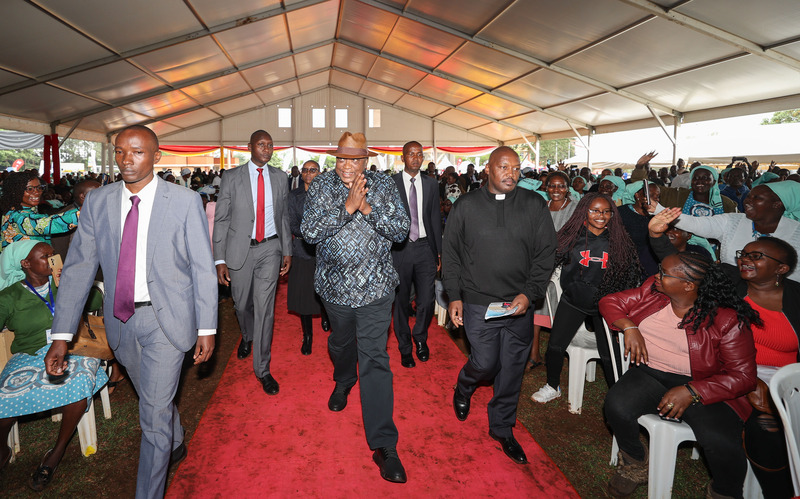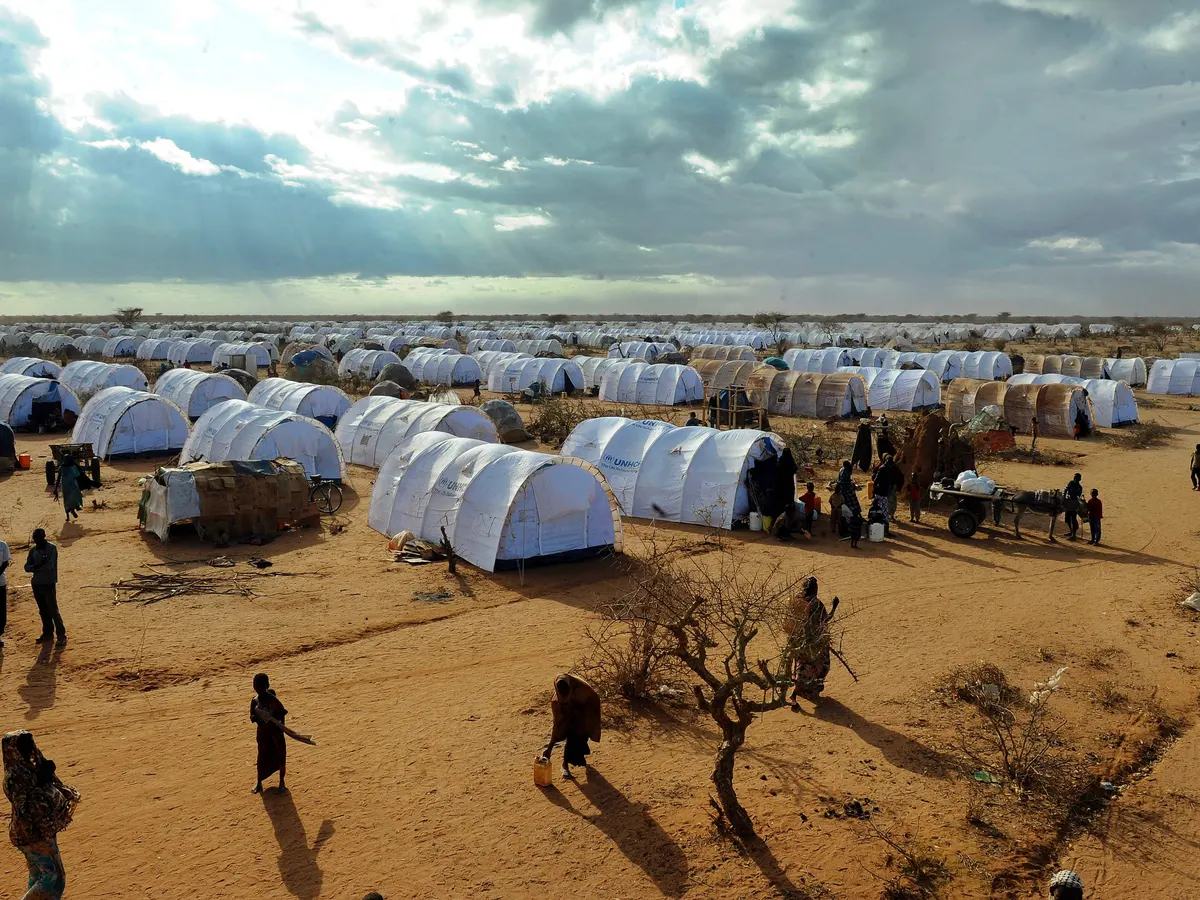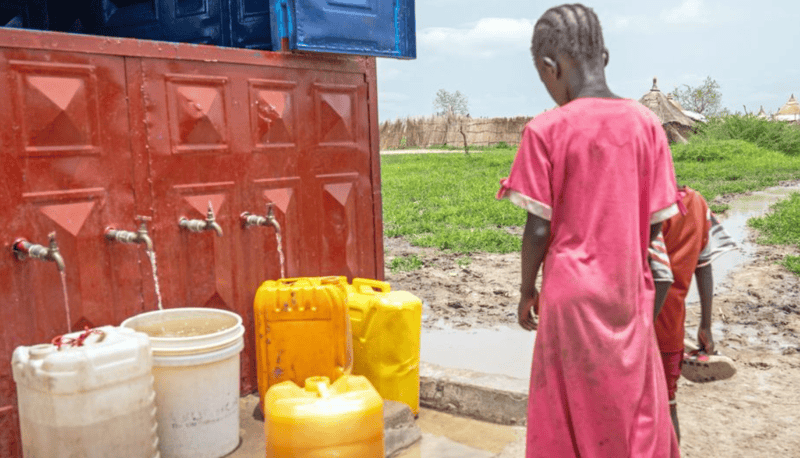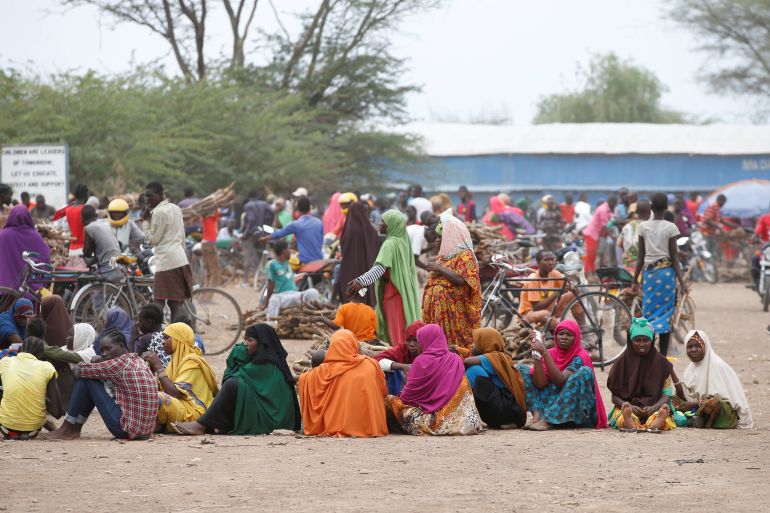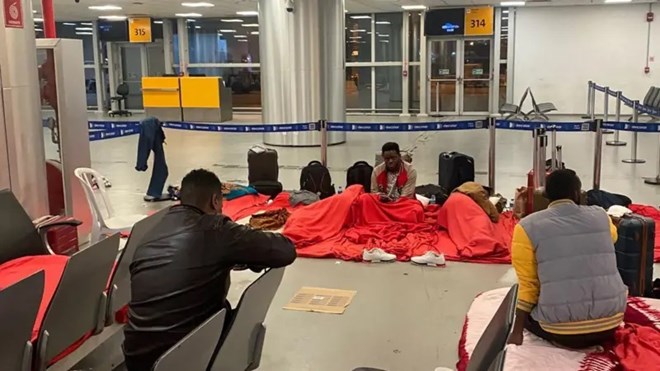Number of refugees in Kenya grows by over 150,000 in a year

By Alfred Onyango |
Data shows as of May this year, Somalia accounted for the largest number of refugees in Kenya at 434,490, a 56.1 per cent representation of the total. It is followed by South Sudan which accounted for 184,110 refugees.
The continued political and humanitarian crises in Kenya's two main refugee-producing countries, Somalia and South Sudan, have necessitated the movement of more than 150,000 refugees into Kenya in just a year.
According to the inaugural country-focused welfare of refugees and host communities, report by the World Bank in conjunction with the United Nations Refugee Agency (UNHCR), Kenya hosted 774,370 refugees and asylum seekers as of May this year.
Keep reading
This is from the record of 612,413 in the same period last year, a 26 per cent increase, equivalent to 161,957 individuals.
According to Amnesty International, an asylum seeker is a person who has left their country and is seeking protection from persecution and serious human rights violations in another country but hasn't yet been legally recognised as a refugee.
The report exhibits that the numbers are impacted by the unending political developments and the humanitarian situation in the region, mainly due to developments in the two main refugee-producing countries Somalia and South Sudan.
Data shows as of May this year, Somalia accounted for the largest number of refugees in Kenya at 434,490, a 56.1 per cent representation of the total. It is followed by South Sudan which accounted for 184,110 refugees, or just about 23.8 percent of the total. DRC and Ethiopia come in third and fourth, accounting for 7.8 and 5.1 per cent, respectively.
The global lender notes that the rise in refugee numbers in the country necessitates a shift from viewing forced displacement solely as a humanitarian concern to better bridging the humanitarian-development nexus.
"Globally the numbers have nearly doubled from 59.2 million in 2014 to 117.3 million in 2023. Addressing the immediate, midterm and long-term needs of forcibly displaced populations remains critical," the report reads.
"There is an acknowledgement that countries provide a valuable global public good by hosting refugees, and therefore it is crucial that support be targeted at both displaced populations and host communities."
The joint report recounts that Kenya has made significant strides in aligning its legal framework with international standards, evident in the adoption of the Refugee Act 2021 and its regulations, replacing previous legislation from 2006.
The Act permits refugees to open bank accounts, own SIM cards and apply for work permits.
Despite these advancements, the report shows refugees still encounter challenges accessing services and improving their welfare.
"Restrictions on movement and employment opportunities outside of refugee camps, coupled with the difficulty of obtaining work permits and business licenses, continue to contribute to their reliance on humanitarian aid," the report reads in part.
"As a result, many refugees in Kenya continue to face poverty and limited prospects for economic opportunities."
Most of the refugees in Kenya reside in the Daadab refugee camp in Garissa, which currently hosts about 50 per cent of the total number of refugees. It is followed by the Kakuma refugee camp in Turkana with about 37.2 per cent of the total population. The rest of about 13.4 per cent reside in urban areas.
Reader comments
Follow Us and Stay Connected!
We'd love for you to join our community and stay updated with our latest stories and updates. Follow us on our social media channels and be part of the conversation!
Let's stay connected and keep the dialogue going!

